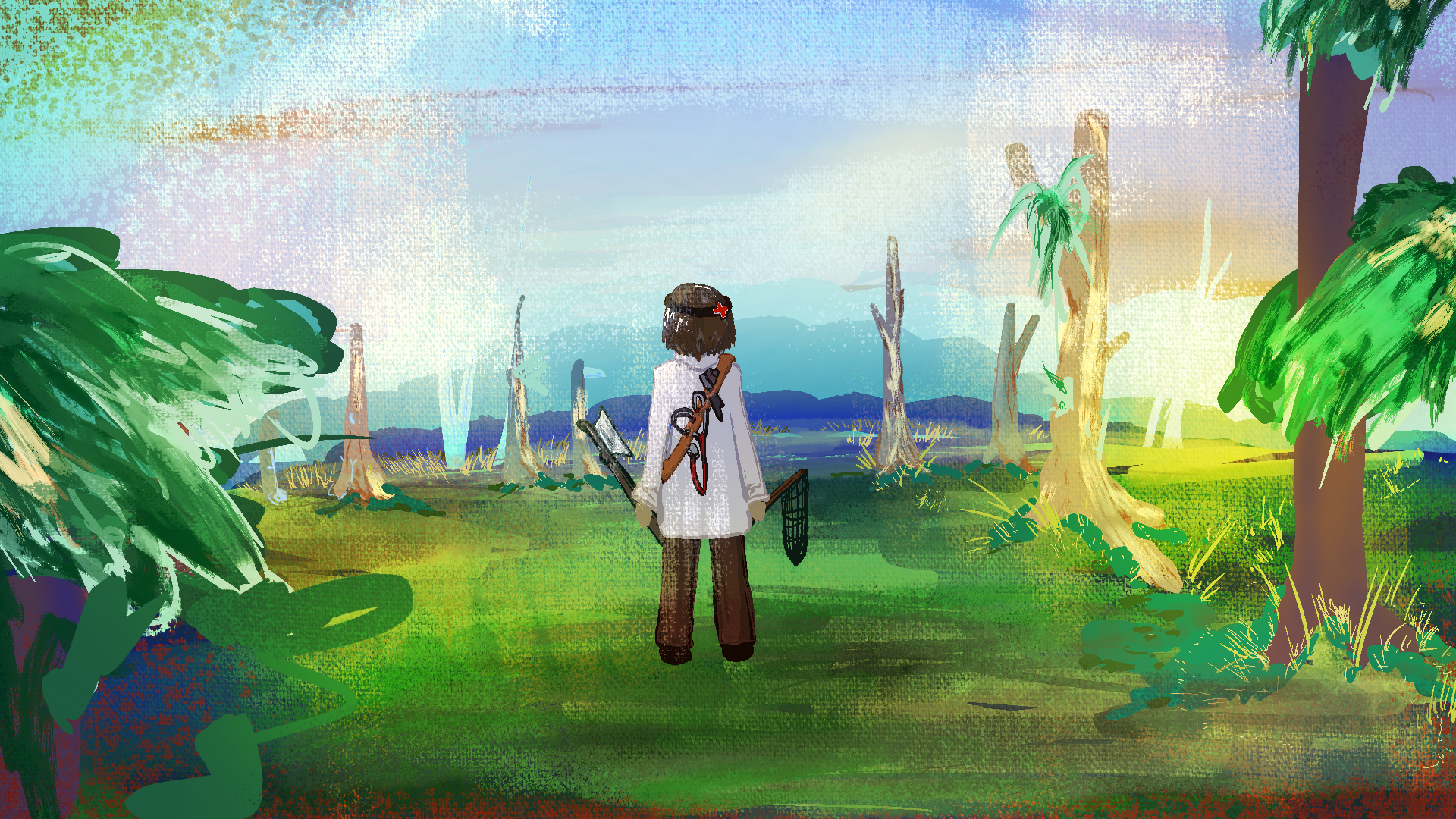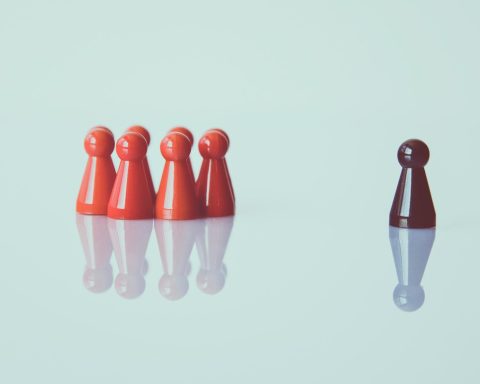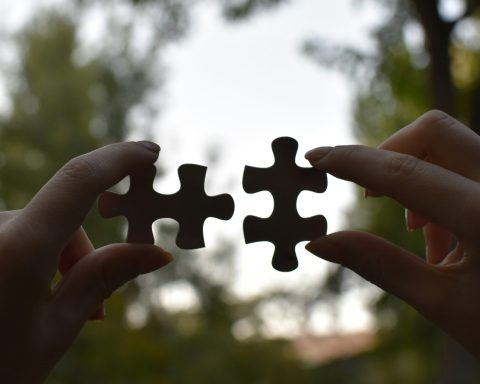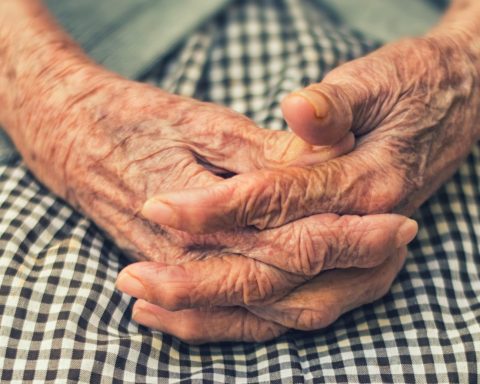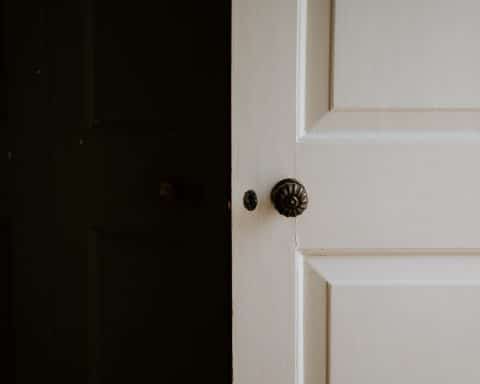 Simon Morgan is an Australian GP and medical educator. He is on X: @DrSimonMorgan
Simon Morgan is an Australian GP and medical educator. He is on X: @DrSimonMorgan
You know the drill.*
A bunch of people are individually dropped into an isolated and inhospitable environment, where each must use their resourcefulness to survive. Alone.
They will get hungry. They will not sleep. They will make decisions that may have life or death consequences.
But this is not television. It is the real world, and these are your colleagues. Welcome to ‘Alone: General Practice’.
Every six months, this scenario is played out across Australia and internationally, as new GP trainees leave the relative security of the hospital environment and are deposited into general practices to start their community-based training. And while the risk of bear attacks or frostbite is substantially lower than in the popular namesake television series, GP trainees face a range of similar challenges as their TV counterparts – isolation, uncertainty, a steep learning curve, and genuine fear. Oh, and missing lunch.
The first weeks of general practice are hugely intimidating for many trainees. This period has been described as a highly stressful ‘emotional and personal journey’, made more challenging by the cognitive burden of learning.1 As a result, trainees frequently feel overwhelmed.
They will get hungry. They will not sleep. They will make decisions that may have life or death consequences.
Contestants on the television series of ‘Alone’ are allowed to bring ten specific items of their choosing in order to help them survive e.g. an axe or cooking pot. Below, we describe an equivalent list of seven recommended items for ‘Alone: General Practice’, practical tools to help trainees survive the first weeks of general practice.
Notebook
On the whole (or on a bed made of pine branches), contestants on the TV show ‘Alone’ don’t sleep well. While physical discomfort is bad enough, mental anguish appears to be the chief cause of insomnia. Replace the fear of wolves with the fear of a missed diagnosis, and new GP trainees often experience similarly sleepless nights.
Our recommended survival item for stress-related insomnia is a simple notebook. Writing down the details of patients of concern and/or those that need to be followed up, and reviewing this regularly, can offer security and help overcome the dread of ‘missing something’. Indeed, the notebook is a versatile item, and can also be utilised for documenting learning goals and journaling. And at a pinch it can be used as a (very thin) pillow.
‘NO!’ button
This bright red novelty item is cheap and tacky but is a highly valuable survival item for the new GP trainee. While we don’t recommend actually pressing it (well OK, perhaps occasionally), the presence of a ‘NO!’ button can remind trainees that they don’t need to do everything on a patient’s list that day. (We also suggest the twinned ‘YES!’ button which can help facilitate often-neglected toilet breaks).
Dustpan and brush
Just as the contestants on the TV series understand the benefits of a tidy camp, GP trainees are aware of the value of unclutteredness. The dustpan and brush represent Neighbour’s ‘housekeeping’ checkpoint – the key consultation skills of ‘mental dusting’ and preparing for the next patient.2 But this survival item also symbolises more literal housekeeping, reducing stress by maintaining a tidy consultation room and a manageably-booked appointment list. Orderliness is next to thankgodliness (sic).
Net
Perhaps the only survival item common to both the list for the TV ‘Alone’ contestants and our GP trainees is a net. Metaphorical rather than physical, and more for ill than gill, the safety net is an extraordinarily useful general practice survival tool to help manage uncertainty.3 The GP safety net can also be used for follow-up of test results and specialist referrals, reducing the risk of diagnostic error.4 And unlike on the TV show, it rarely gets tangled.
Specimen jar
Our recommended survival item for stress-related insomnia is a simple notebook.
A specimen jar? Too small to store much and prone to leakage(!), the ubiquitous, yellow-topped plastic pot would seem to be a misguided choice for the ‘Alone: General Practice’ trainee. But apart from its obvious use, the urine jar presents a powerful survival tool in the first weeks of general practice – time. Time to think, that is, in the form of a ‘diagnostic pause’.5 Sending the patient off for a urine test, even when of questionable value, can be a great strategy to buy a couple of minutes and reflect on the working diagnosis.
Ice pick
A few cubes of ICE (ideas, concerns and expectations) dropped down the back of a tricky consultation can be a very powerful tool for clarifying an ambiguous presentation.6 We therefore recommend that trainees pack an ‘ice pick’ for these times of uncertainty. The ice pick can alternatively be used to help dig for a deeply hidden agenda, or more metaphorically to encourage trainees to ‘pick their battles’ and prioritise when faced with multiple patient complaints. Once melted, the ice also provides an emergency drinking supply for those particularly protracted consultations.
Coffee
Because coffee is essential. Period.
‘Alone: General Practice’ is based on the fact that for many trainees, the feelings of isolation in those first weeks are very real.
But, of course, in reality they are not, and supervisors are just down the corridor. And unlike the TV version, where making a phone call equates to ‘tapping out’ and exiting the program, GP trainees can (and should) call for assistance as frequently as they need, without fear of banishment.
They just won’t get to travel in a helicopter.
*Deputy Editor’s note: for UK readers unfamiliar with the TV game show ‘Alone’ see here https://www.channel4.com/programmes/alone
References
- Howard D, Bottrell C, Parsons J. ‘Feeling like a deer in the headlights’: A qualitative study of registrar experience in early general practice training. Aust J Gen Pract 2022;51(5):298–303.
- Neighbour R. The inner consultation: how to develop an effective and intuitive consulting style. 2nd edn. Oxford: Radcliffe Medical Press, 2004.
- Almond S, Mant D, Thompson M. Diagnostic safety netting. Br J Gen Pract 2009;59:872–74.
- Jones D, Dunn L, Watt I, Macleod U. Safety netting for primary care: evidence from a literature review. Br J Gen Pract. 2019;69(678):e70-e79.
- Trowbridge R. Twelve tips for teaching avoidance of diagnostic error. Med Teach 2008;30:496–500.
- Pendleton D, Schofield T, Tate P, Havelock P. The consultation: an approach to teaching and learning. Oxford: Oxford University Press, 1984.
Featured image by Ciara Morgan 2023

